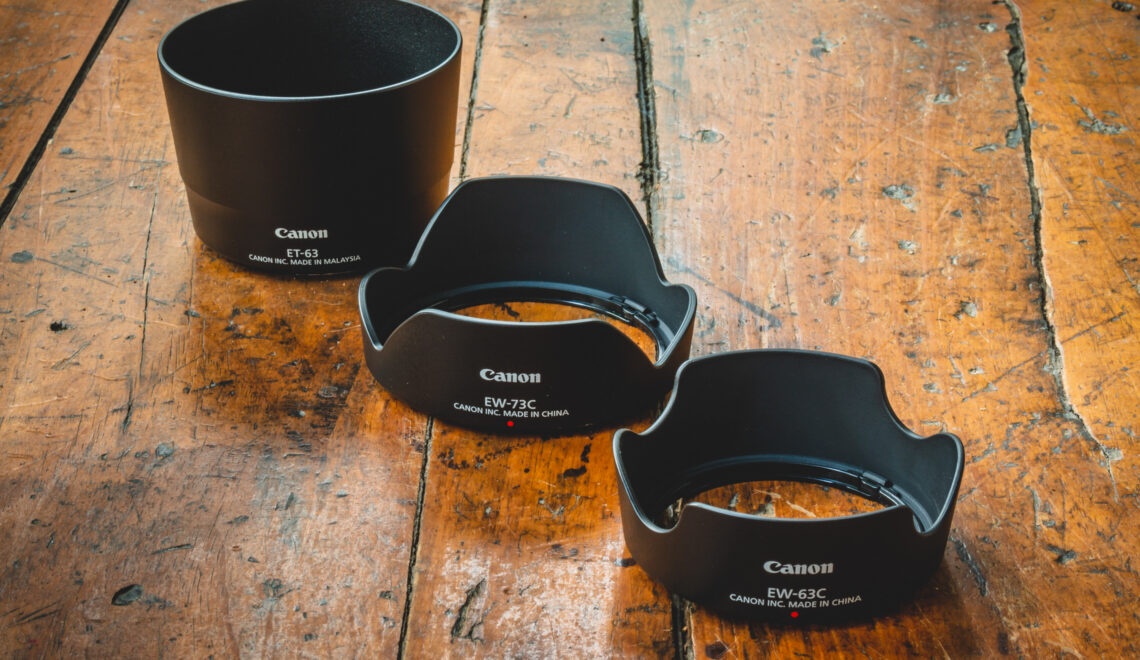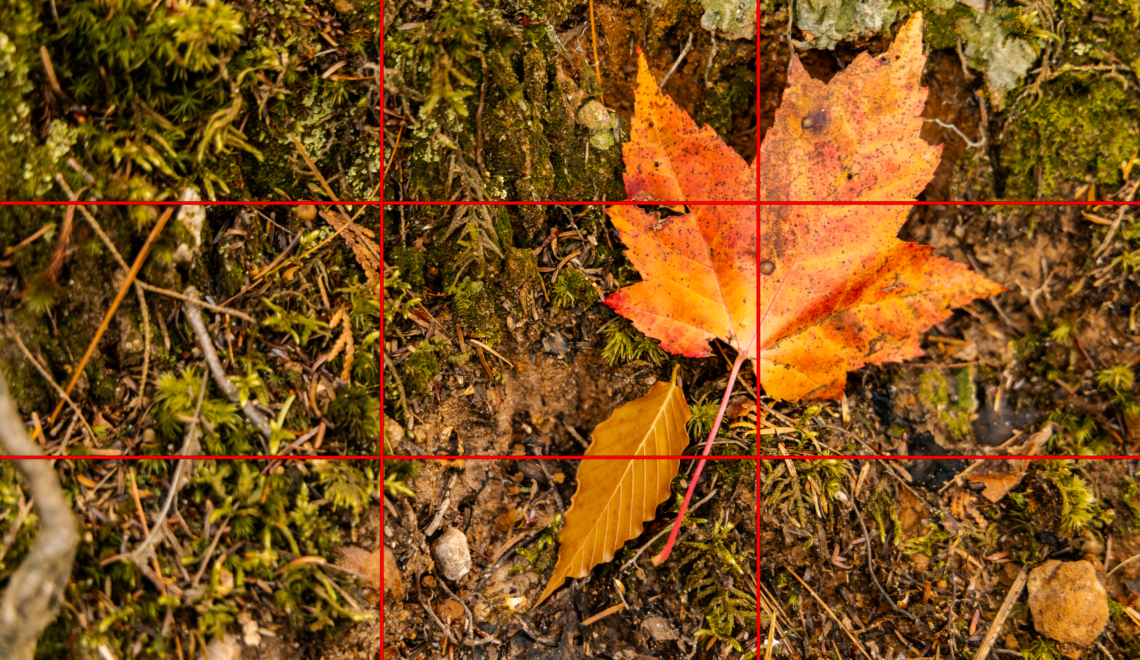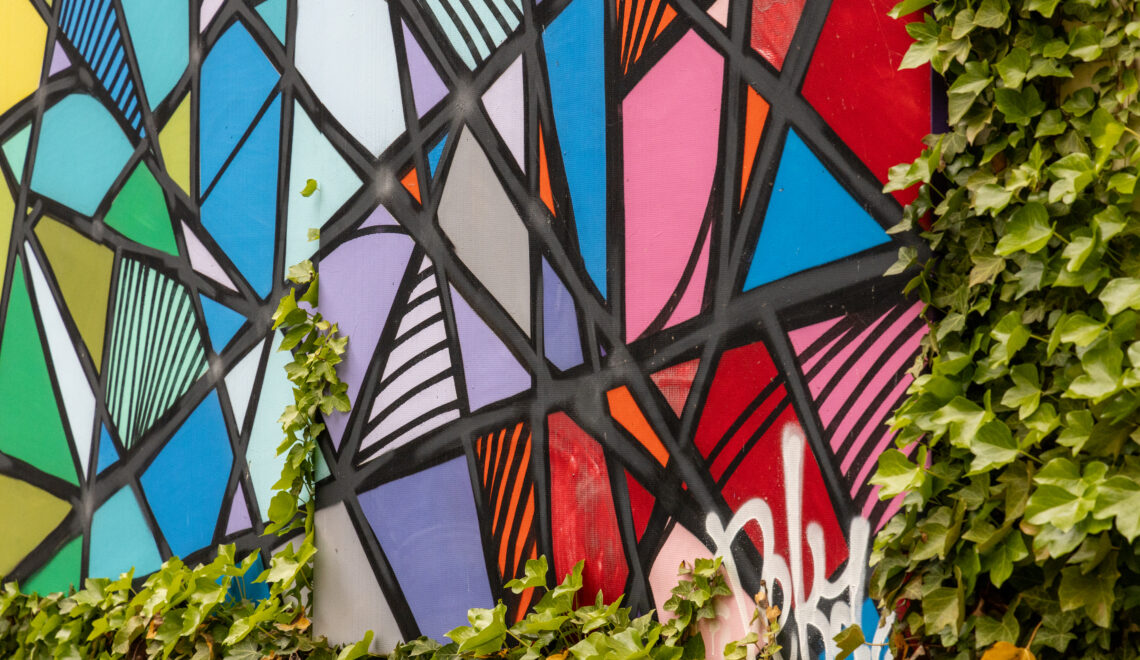
What is a Lens Hood?
A lens hood is a circular piece of plastic that mounts to the front of a camera lens. While it may seem like an expensive accessory, a lens hood serves several important purposes that can significantly enhance your photography.(Alt text: Lens hood attached to a camera lens)
Understanding the Value of a Lens Hood
For years, I struggled to understand the value of a lens hood. Spending an extra $40 on what seemed like a simple piece of plastic was hard to justify. However, as time went on, I decided to give these “expensive pieces of plastic” a try. Now, I can’t imagine shooting without one. From reducing glare to protecting my lenses, lens hoods have become a staple in my photography kit.
Why Use a Lens Hood?
Prevent Glare and Lens Flare
One of the primary functions of a lens hood is to prevent glare and lens flare. If you’ve ever noticed rainbow-colored spots in your photos, that’s lens flare caused by stray light reflecting off the glass of your camera lens. Removing glare and flare in post-production is challenging, leading to many potentially great shots being lost.
A lens hood helps prevent this by blocking stray light from hitting the lens, thereby reducing glare and flare. Since using a lens hood, I’ve noticed a significant decrease in lens flare in my images, saving countless shots from being ruined.
Enhance Color and Contrast
In addition to reducing glare, lens hoods can improve the color and contrast of your images. By blocking stray light, lens hoods prevent your images from appearing washed out, resulting in richer colors and deeper shadows. This improvement means less time spent in post-production trying to enhance colors and contrast.
Protect Your Lens
Another significant benefit of using a lens hood is the added protection it provides for your lenses. I’ve lost count of how many times a lens hood has saved my lenses from potential damage due to accidental bumps. Lens hoods also help keep dust and grime off the lens glass, further protecting your investment.
Types of Lens Hoods
There are different types of lens hoods available, each designed for specific purposes and lenses. Understanding the differences can help you choose the right one for your needs.
Petal-Shaped Lens Hoods
Petal-shaped lens hoods, also known as flower or tulip hoods, have a distinctive design with cutouts that prevent vignetting while maximizing the reduction of stray light. These are particularly effective for wide-angle lenses.
Cylindrical Lens Hoods
Cylindrical lens hoods are more straightforward in design and are typically used with standard and telephoto lenses. They provide excellent protection from glare and physical damage.
Collapsible Lens Hoods
Collapsible lens hoods are made of flexible rubber or silicone, allowing them to be extended when needed and collapsed for easy storage. They are versatile and convenient for photographers who need to save space in their camera bags.
How to Choose the Right Lens Hood
When selecting a lens hood, consider the following factors:
- Lens Compatibility: Ensure the lens hood is compatible with your lens model. Most manufacturers provide specific hoods for each lens.
- Type of Photography: Choose the type of hood based on your photography style. For example, wide-angle photographers may prefer petal-shaped hoods, while portrait photographers might opt for cylindrical ones.
- Build Quality: Invest in a high-quality lens hood to ensure durability and longevity.
How to Use a Lens Hood Effectively
To get the most out of your lens hood, follow these tips:
- Proper Attachment: Make sure the lens hood is securely attached to the lens. A loose hood won’t provide adequate protection.
- Adjust for Filters: If you’re using filters, ensure the lens hood is compatible or remove it if it causes vignetting.
- Storage: When not in use, store the lens hood properly to avoid damage. Many lens hoods can be reversed and mounted on the lens for compact storage.
The Downsides of Lens Hoods
Despite their many benefits, lens hoods do have a few drawbacks:
- Reduced Light Intake: Lens hoods can slightly reduce the amount of light entering the lens. This means you may need to adjust your exposure settings, especially in low-light conditions.
- Wind Sensitivity: When shooting outdoors, wind can catch the lens hood and cause camera shake, which is particularly problematic for long exposure shots, leading to blurry images.
- Bulkiness: Some photographers find lens hoods add extra bulk to their camera setup, making it less portable.
Conclusion
If you have a lens hood, use it. If you don’t, I highly recommend investing in one. The benefits of preventing glare, enhancing image quality, and protecting your lens far outweigh the minor drawbacks. A lens hood is a small investment that can make a big difference in your photography.
Further Reading
For more tips on improving your photography, check out these articles:
More photography tips and tricks here




